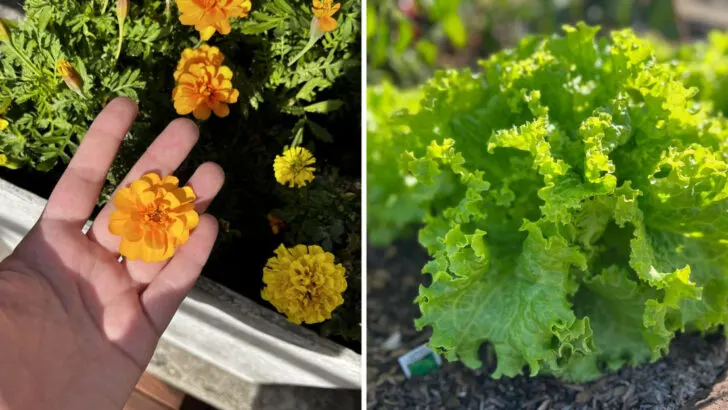Tomatoes can be a bit picky about their neighbors in the garden. Some plants seem to bring out the best in them, helping with growth and flavor, while others can cause more harm than good. Knowing which plants to pair with your tomatoes—and which to keep at a distance—can make a noticeable difference in your harvest.
It’s not just about space; it’s about how plants interact below the surface and in the air. Certain companions can help deter pests or improve soil health, giving your tomatoes a better chance to thrive. On the flip side, some combinations can stunt growth or invite trouble. Getting this right means less guesswork and more tasty tomatoes on the table.
Basil
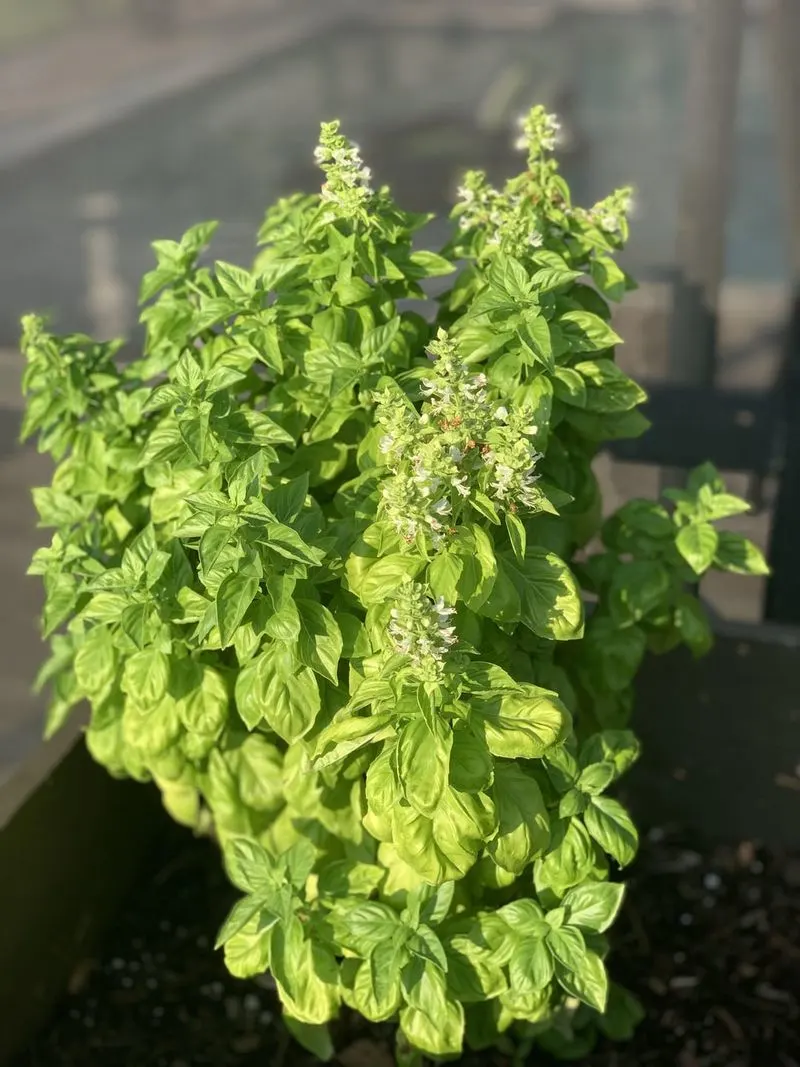
Basil and tomatoes are a classic garden duo that do more than just pair well on a plate. The aromatic herbs are believed to enhance the flavor of tomatoes. They also repel insects like thrips and mosquitoes, acting as a natural pesticide. Planted together, they create a lush, green tapestry that is as beautiful as it is functional. Basil’s fast-growing nature complements the tomato’s, making them perfect partners. However, ensure they get plenty of sunlight and space to thrive, as crowding can hinder growth. Keeping them healthy and happy will reward you with a robust, productive garden.
Borage
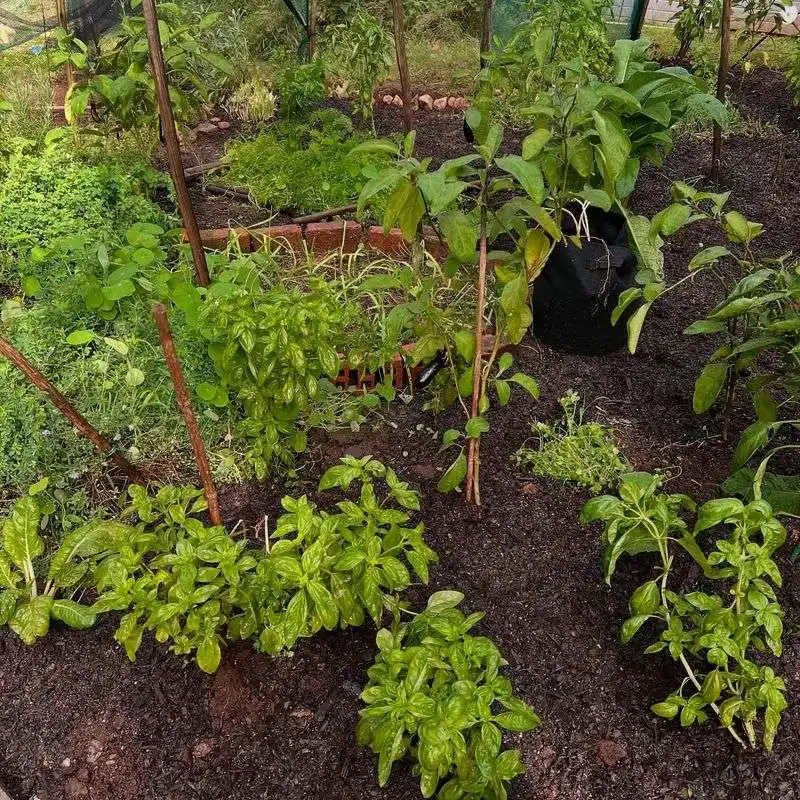
Borage, with its star-shaped blue flowers, is a true friend to tomatoes. It not only enhances the soil by adding trace minerals but also attracts pollinators like bees, boosting tomato yields.
Its presence in the garden can deter harmful insects, thanks to its hairy leaves that some pests find unappealing.
Borage is also said to improve the flavor of nearby tomatoes, making each bite more delightful.
Fun fact: Borage is often used in herbal remedies and has a cucumber-like taste, offering both culinary and medicinal uses.
Carrots
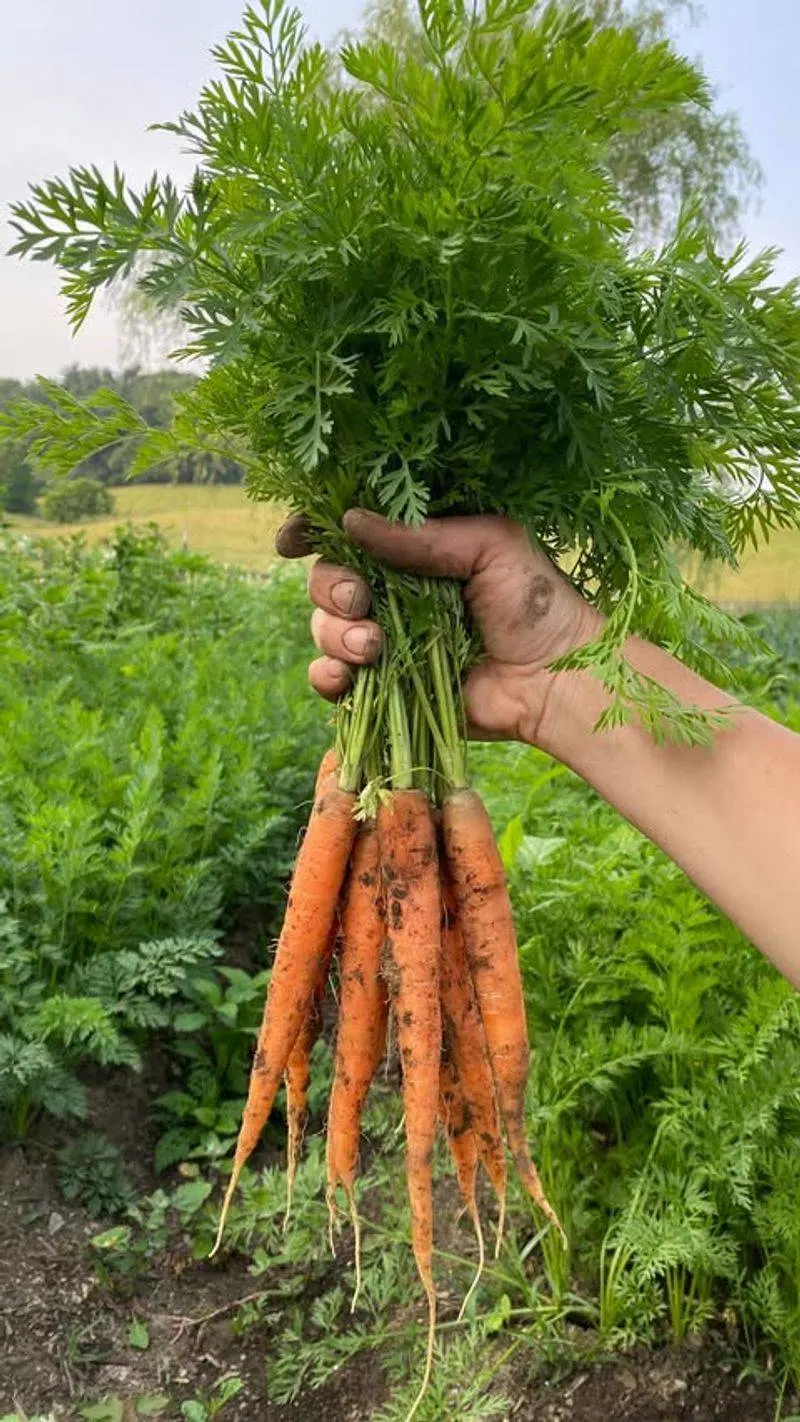
Carrots and tomatoes may seem like an unlikely pair, but beneath the soil, they work wonders together. Carrots help aerate the soil, improving water penetration for tomatoes. Meanwhile, the tomato’s broad leaves provide just enough shade to keep carrot roots cool. It’s a harmonious balance that benefits both. However, pay attention to spacing; carrots need room to grow underground. This pair thrives when they are not competing for nutrients, so consider adding a balanced fertilizer. By fostering this underground partnership, you’ll enjoy sweeter carrots and juicier tomatoes from your efforts.
Chives
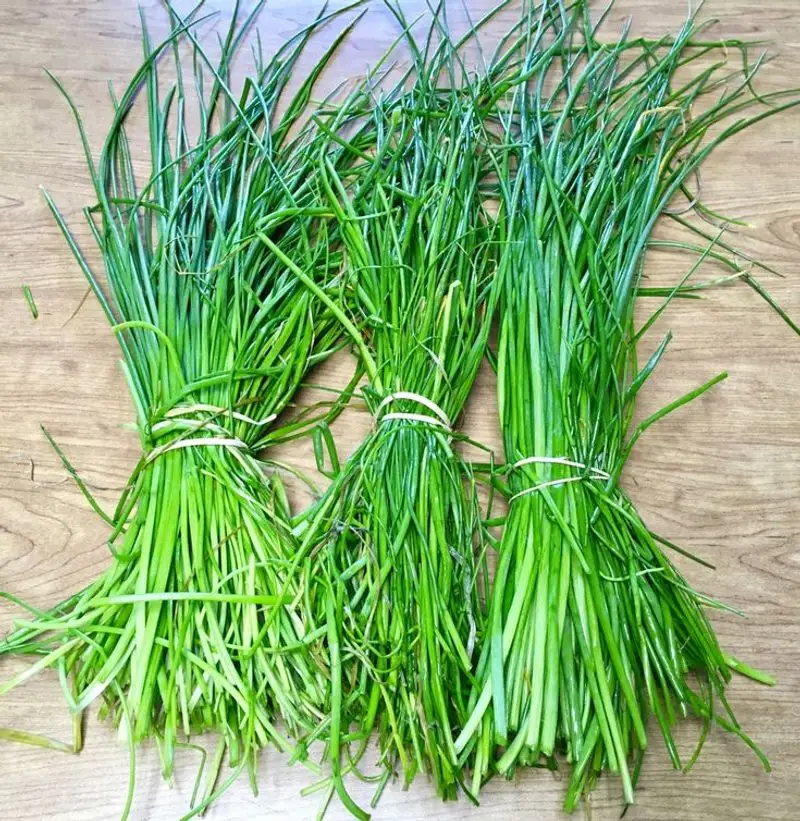
Chives bring more than a mild onion taste to the table. Their sulfur compounds help repel pests such as aphids and spider mites, keeping tomatoes safe.
These perennials are easy to grow and require minimal maintenance, making them a gardener’s delight.
Planting chives near tomatoes can also improve the latter’s growth and taste.
Interestingly, chive flowers are edible and can be used to add a mild onion flavor to dishes, providing a versatile garden addition.
Marigolds
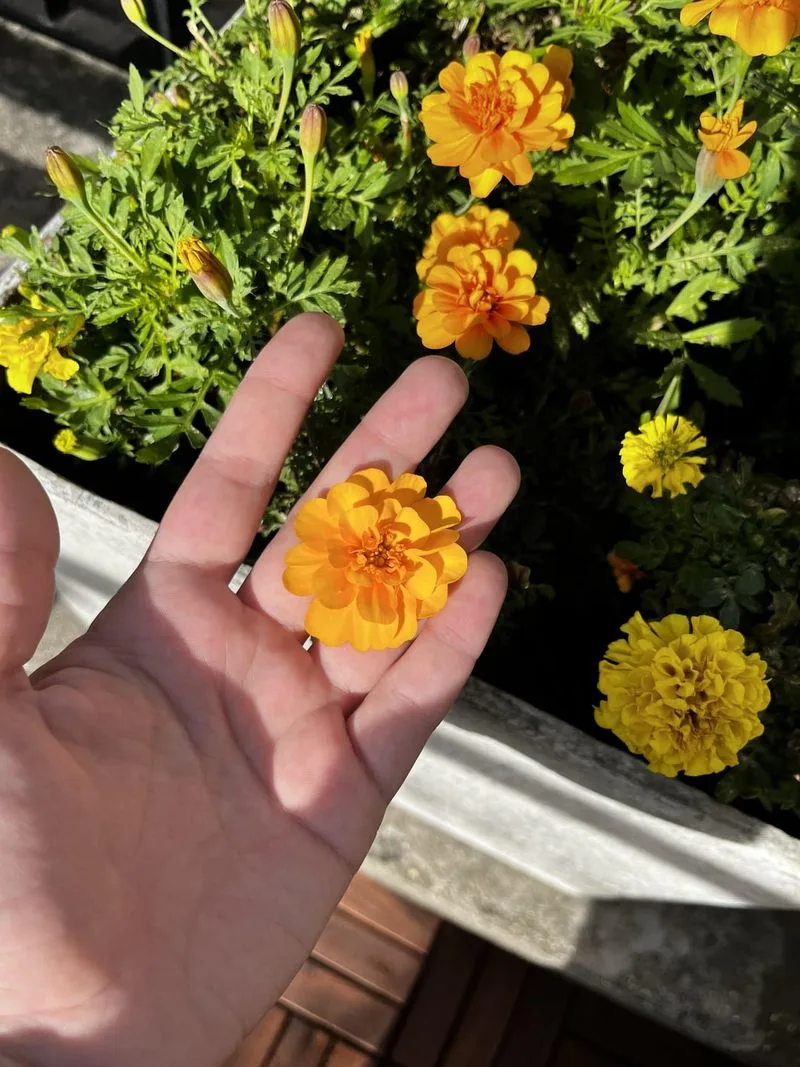
Bright marigolds are more than just pretty faces in the garden. Their pungent scent acts as a deterrent to nematodes and other pests that can plague tomato plants. This makes them an excellent companion, adding a splash of color while serving a protective role. Marigolds are easy to grow and low maintenance, making them perfect for busy gardeners. Plant them around your tomatoes to create a natural barrier against unwanted insects. Be sure to deadhead the flowers regularly to prolong blooming and maximize their protective benefits. Marigolds and tomatoes together form a resilient garden partnership.
Lettuce
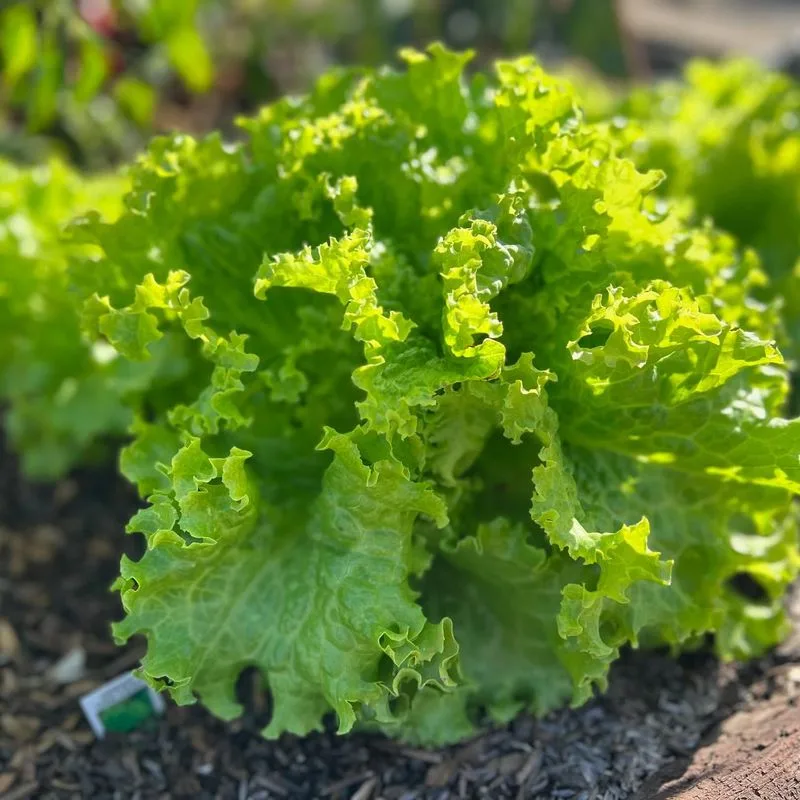
Lettuce grows comfortably under the canopy of tomato plants, benefiting from the dappled sunlight. This relationship allows lettuce to thrive even in warmer temperatures, which might otherwise cause it to bolt. The tomato’s shade is a natural cooling system for the lettuce. Keep an eye on watering; both plants appreciate consistent moisture. This pairing not only saves space but also creates a microclimate that extends the growing season for lettuce. To keep the balance, regularly harvest the lettuce to encourage new growth and prevent overcrowding. The result is a thriving, space-efficient garden.
Garlic
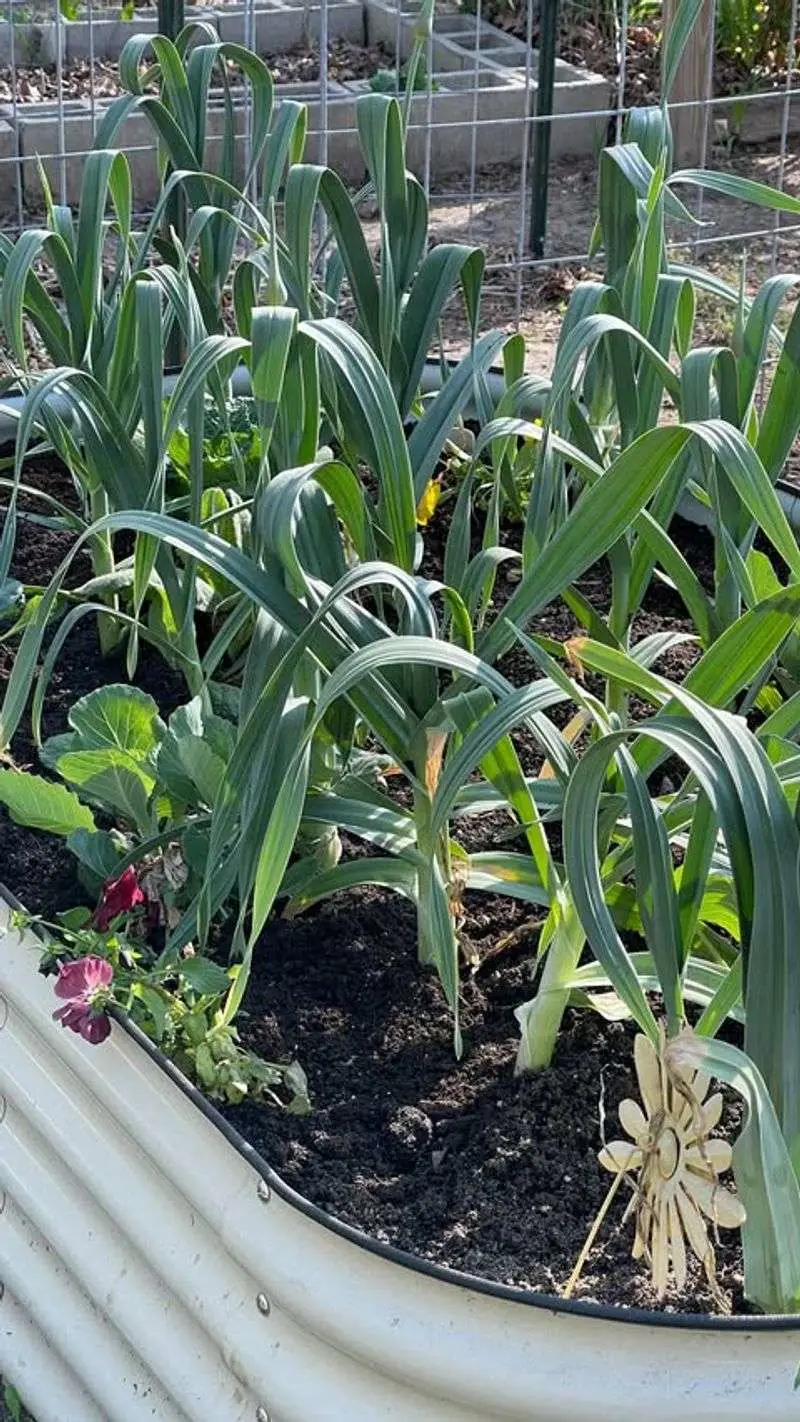
Garlic and tomatoes share a synergistic relationship that benefits both. The pungent aroma of garlic deters aphids and other pests, protecting the tomatoes. Meanwhile, the tomatoes offer a vertical companion that doesn’t overshadow garlic. Planting garlic around tomatoes can also improve the soil’s antifungal properties. Ensure proper spacing to allow garlic bulbs to develop fully without competing for resources. Regular care will encourage both plants to thrive, enhancing the flavor profile of your tomatoes and providing a natural pest management system. This dynamic duo offers a robust defense and a flavorful harvest.
Asparagus

Asparagus and tomatoes might not seem complementary at first glance, but they share a beneficial relationship. Asparagus roots produce a chemical that deters root-knot nematodes, protecting tomatoes. In return, tomatoes help repel asparagus beetles. This mutual defense system is perfect for an organic garden. When planting, ensure each has enough space to avoid nutrient competition. The perennial nature of asparagus also means careful planning is needed to ensure long-term coexistence. This combination supports a balanced ecosystem, providing a natural buffer against pests and promoting vigorous growth in both plants.
Cabbage
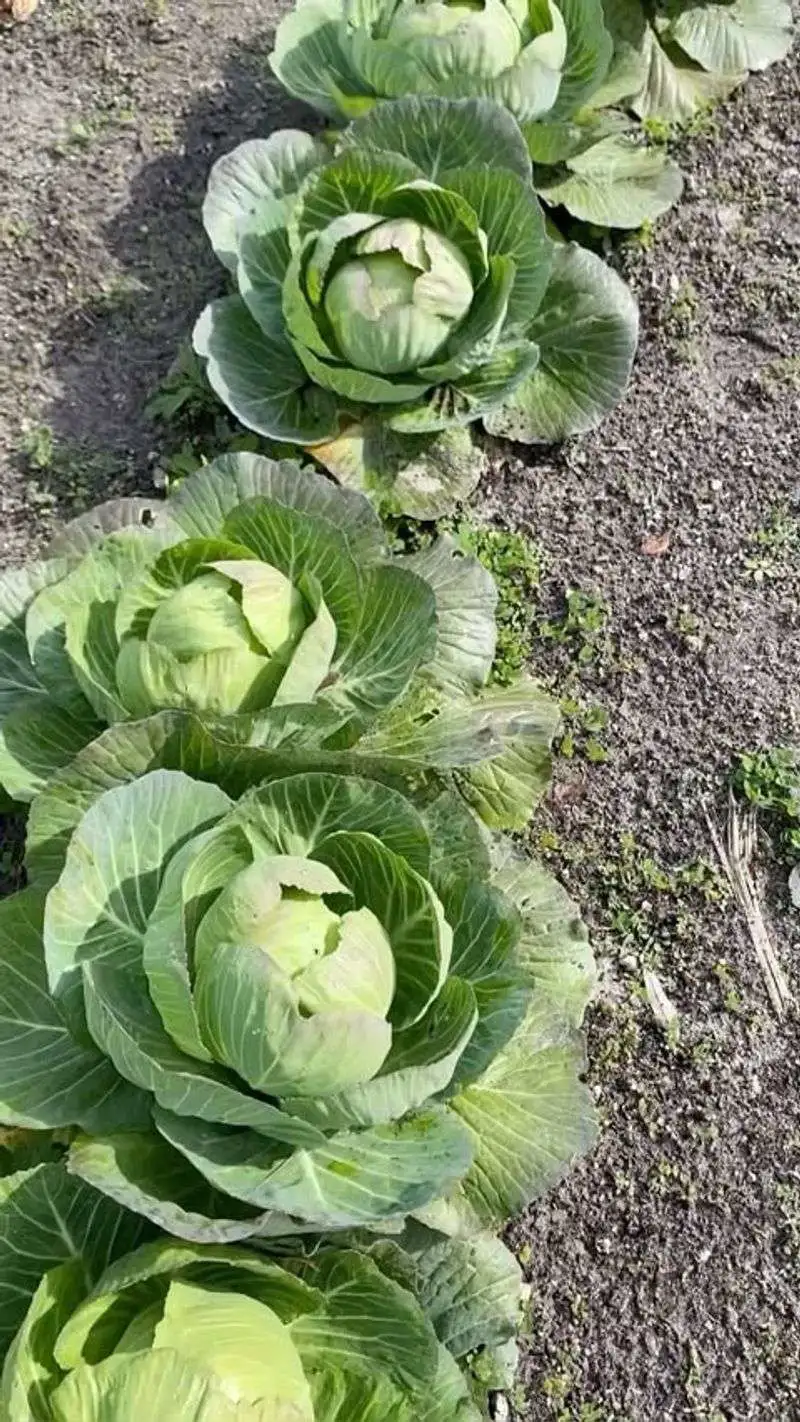
Cabbage and tomatoes are notorious for their dislike of each other. Tomatoes release chemicals that can impede the growth of cabbage, leading to stunted development. Additionally, they both attract similar pests, causing competition for defense. If you must grow them together, keep them well-separated to minimize negative interactions. Consider using physical barriers or interplanting with neutral companions to reduce competition and pest issues. Understanding these dynamics helps in planning your garden layout effectively, ensuring both plants can grow without hindrance. Avoiding this pairing will lead to a more harmonious and productive garden environment.
Nasturtiums

Nasturtiums are more than just pretty faces in the garden. Their bright and cheerful blooms attract beneficial insects such as hoverflies, which prey on common tomato pests like aphids. This natural pest control aspect makes them a valuable ally.
Moreover, nasturtiums serve as a trap crop, drawing harmful insects away from tomatoes.
Their sprawling nature also provides ground cover, helping retain soil moisture and reduce weed growth.
Did you know? Nasturtium flowers are edible and add a peppery flavor to salads, making your garden both functional and delicious.

